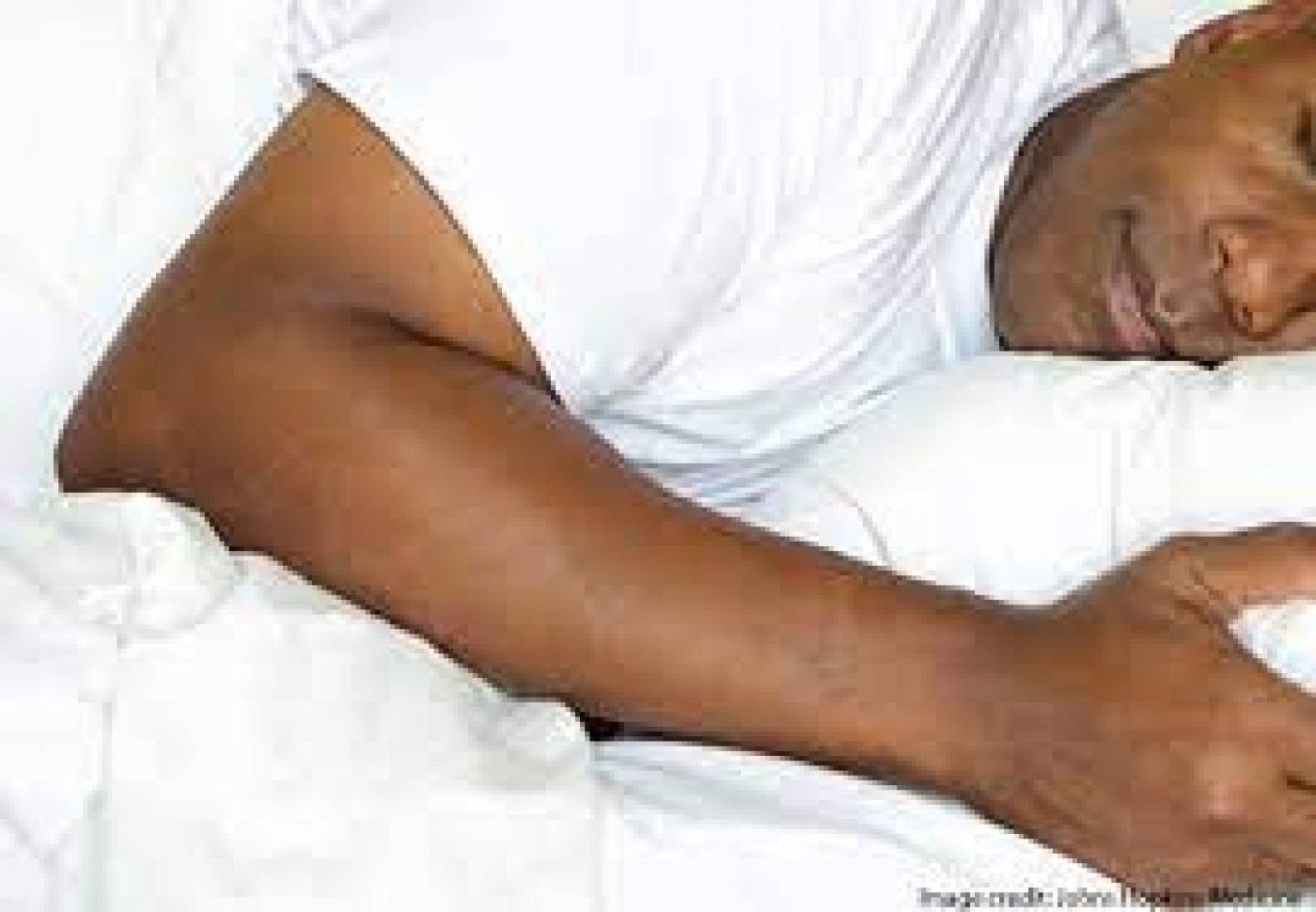The study involved 20 healthy individuals in their 20s and they spent two nights in a sleep laboratory. The first night was spent in a darkened room where “you wouldn’t be able to see much, if anything when your eyes were open,” Dr. Zee said.
All participants of the study were hooked up to devices monitoring their sleep quality. To gather data with minimal interference, the participants slept with a long IV tube that spread across the room to the researcher’s side of the laboratory. Blood was drawn without touching the sleeping participants.
“We recorded the brainwaves and could tell what sleep stage the person was in.
“We recorded their breathing, their heart rate, their EKG, and we also drew blood from them to measure melatonin levels while they were sleeping,” said Dr. Zee.
For the second night in the lab, consisting of a random portion of the participants, a selected group slept with a dim overhead light with a glow roughly equivalent to “a very, very dark, cloudy day or street lights coming in through a window,” Zee said, while the other group repeated the same light level from the first night.
She said, “Now these people were asleep with their eyelids closed.”
“In the literature, the estimation is that about 5 per cent to 10 per cent of the light in the environment would actually get through the closed lid to the eye, so this is really not a lot of light.”
Zee said the study found that even the tiniest amount of light created a deficit of slow-wave and rapid eye movement sleep, also, there was increased heart rate, rise in insulin resistance and the sympathetic and parasympathetic nervous systems became unbalanced, which has been linked to higher blood pressure in healthy people.
The study was published Monday in the Journal of the Proceedings of the National Academy of Sciences.
Previous studies have indicated that there is a link between artificial light at night and obesity, interference in metabolic function, development of diabetes, and cardiovascular risk factors.
Zee said based on her study findings people should consider turning off sources of light that are not necessary before sleeping, make use of lights less stimulating for the brain like amber or red/orange light and consider wearing sleeping masks to bed.
“I think the strength of the evidence is that you should clearly pay attention to the light in your bedroom.
“Make sure that you start dimming your lights at least an hour or two before you go to bed to prepare your environment for sleep.”
She recommended that if night light is needed, keep it dim and at floor level, “so that it’s more reflected rather than right next to your eye or bed level.”
She also urged people to be aware of the type of light they have in their bedroom, noting that people should consider a ban on any lights in the blue spectrum, such as those emitted by electronic devices like televisions, smartphones, tablets and laptops.
“Blue light is the most stimulating type of light.
“If you have to have a light on for safety reasons change the colour. You want to choose lights that have more reddish or brownish tones,” Zee said.
She noted, “It’s important for people to avoid or minimise the amount of light exposure during sleep.
“If you’re able to see things really well, it’s probably too light.”
Source: HealthWise







